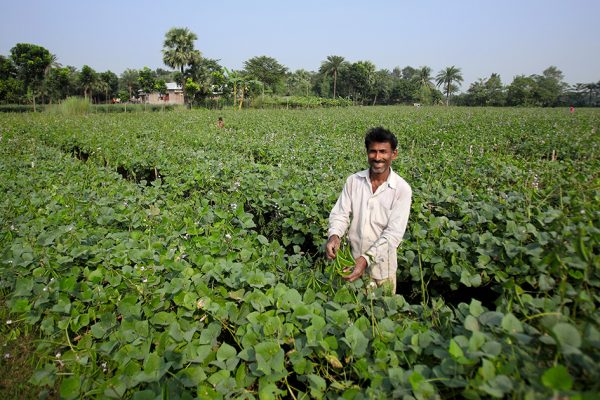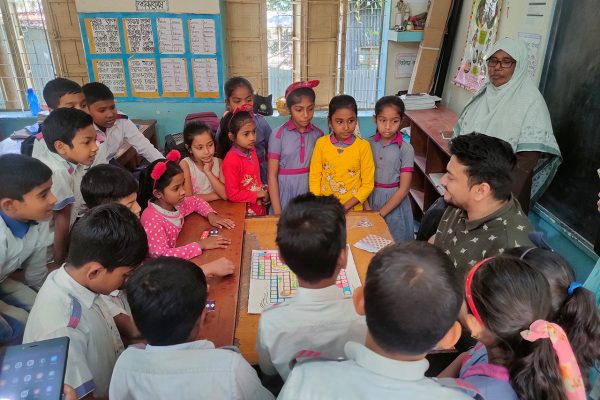In their recent book Economics of Microfinance, 2nd Edition, Jonathan Murdoch and Beatriz Armendariz commend BRAC as

“ … perhaps the most fully realized “integrated” provider, offering financial services along with schools, legal training, productive inputs, and help with marketing and business planning. If you are in Dhaka these days, for example, you can buy Aarong brand chocolate milk, which is produced by a BRAC dairy marketing affiliate. A different BRAC subsidiary produces Aarong brand textiles made by poor weavers, and still another subsidiary runs craft shops that sell the goods of microfinance clients.”
BRAC’s development philosophy was not merely born out of elegant macroeconomic theories. It was also dug out of the harsh ground with the calloused hands of the farmers in Bangladesh, watered with the sweat of children laboring in the sun and kneaded with the hands of mothers making their daily bread.
BRAC thought leaders constantly evaluated their efforts, acted and erred, fixed errors and acted again. BRAC realized that in the context of poverty unidirectional investments are only short-term band-aids, they help but they do not heal. The child that you save from illiteracy dies from diarrhea; the adolescent girl you treated and educated weds at 14 not managing to fully realize her potential.
The micro-credit loan you give a mother of three will allow her to buy seeds for her small land to feed her family, but nobody supplies high quality seeds so her income improvement will be marginal. If a woman’s husband dies in an accident, her in-laws can take their property pushing her back to destitution because she may not know her rights.
The claws of poverty are very tight and BRAC fights it on all fronts in order to empower people to bring themselves out of its grasp. BRAC builds schools and sends the most talented children to BRAC University, the organization trains and pays community health volunteers to serve the villages, offers microsavings and microcredit to the poor and trains them on enterprise development.
BRAC contracts farmers to process high-quality seeds to improve the agricultural yields, builds livestock artificial insemination centers to enhance the breed of cows and bulls and produces feed for poultry and livestock. BRAC builds flood shelters and delivers relief to minimize the losses of natural calamities. The organization trains the poor on their legal and civic rights to give them voice. It also spreads social messages (like family planning, dowry elimination) that serve to empower women and disadvantaged groups.
The “small is beautiful” ideology was overshadowed by BRAC Founder Sir Fazle Hasan Abed’s ‘’big is necessary,” and big it is. BRAC’s programs have touched the lives of over 138 million people More than 8 million women are involved in BRAC’s Village Organizations that serve as platform for microfinance and other integral services. More than 6 million children are attending or have graduated from BRAC’s primary and secondary schools.
An important part of “growing big” and strengthening impact was not only BRAC’s expansion into other countries but the replication of BRAC’s successful models such as the Targeting the Ultra Poor (TUP) by other organizations. As Murdoch and Armendariz put it,
“BRAC has served as an important model for microfinance institutions in other countries hoping to reach the bottom of the pyramid. Programs including SKS and Bandhan in India and Fonkoze in Haiti have launched replications of TUP (Targeting the Ultra Poor)…[that] share the fundamental approach of targeting and subsidizing the poorest of the poor…. For $135 per participant, BRAC aimed to forever remove the need for participants to require future handouts. The evolution of the Targeting the Ultra Poor programs signals the challenge of reaching that goal, but the overall vision behind the program remains compelling”
By Meri Poghosyan
Click here to buy Economics of Microfinance, 2nd Edition on Amazon.






